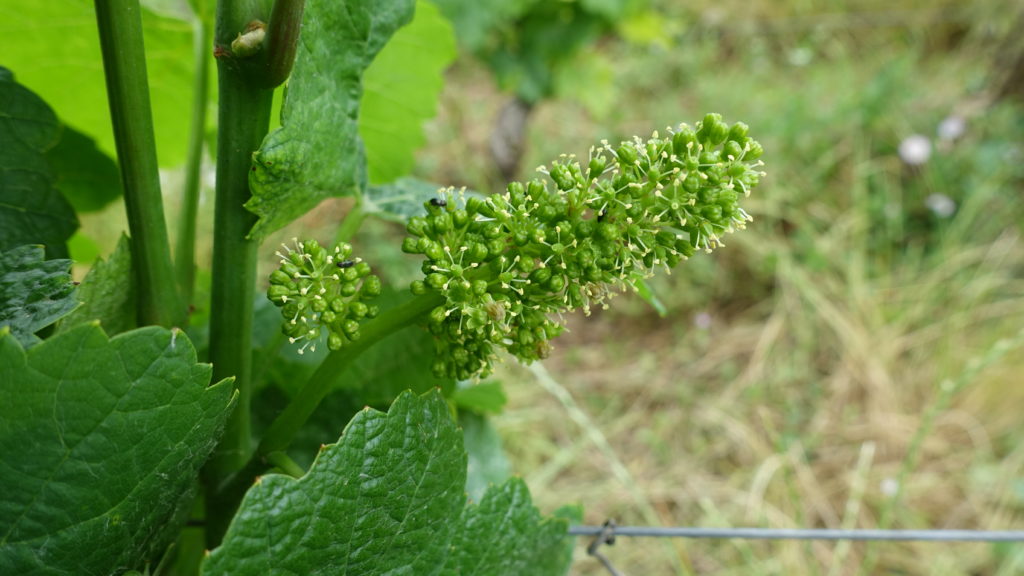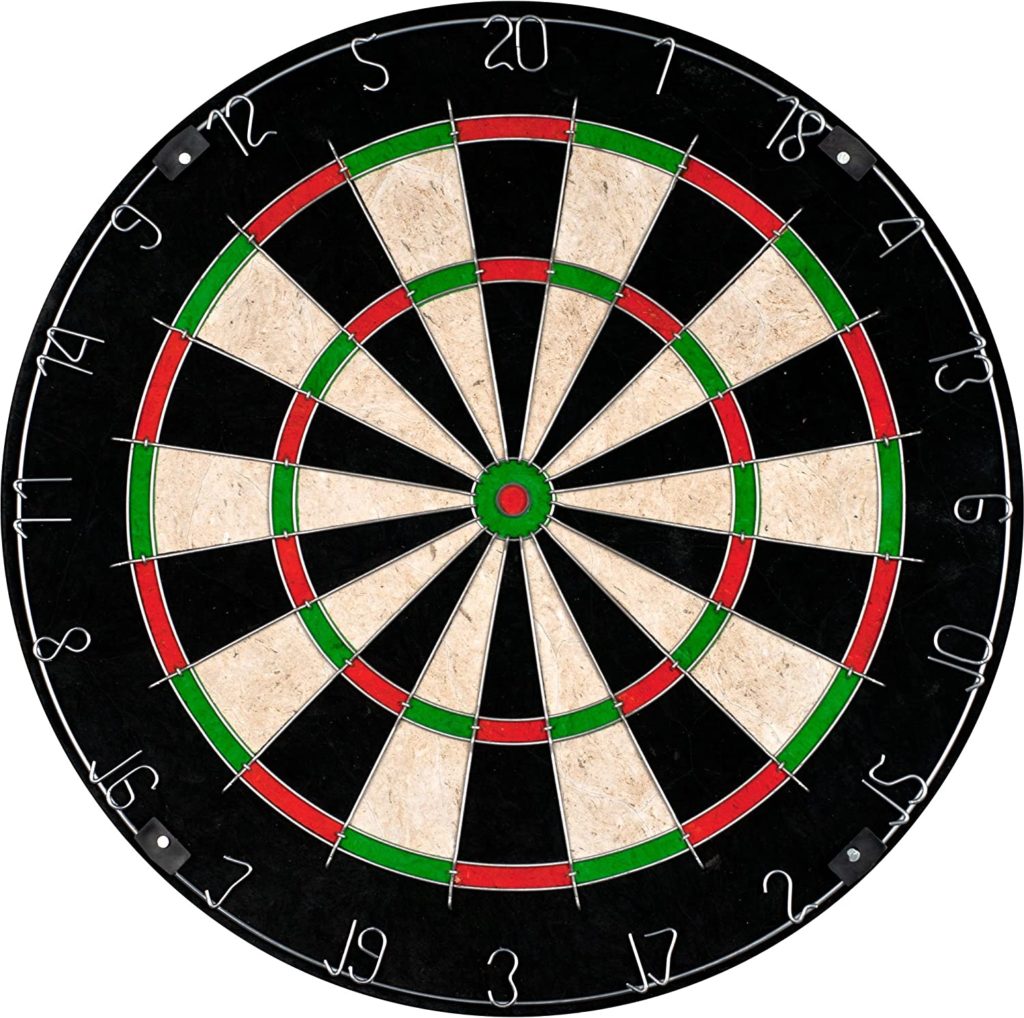Burgundy is complex, and delicious wines are made almost every year – as are indifferent and even awful ones. While this statement is axiomatic, the difficulties of the 2020 vintage are unique, and it takes some experience – and a lot of tasting – to comprehend it.

What seems fine on the surface can in reality be an unattractive wine in the long run as unripe phenolics turn into a lack of complexity and the absence of hedonistic joy.
Where 2019 had emotional wines almost in abundance, one needs to be more careful when choosing wines from 2020.
Phenolic ripeness
There is an important distinction between the two ripening processes in grapes: physiological and phenolic ripeness. Physiological ripeness – the first in the ripening process – refers to the breakdown of acids and accumulation of sugars that lead the plant to be sexually mature and able to reproduce. Generally, when sugar increases acidity will decrease, although this was not always the case in 2020.
Phenolic ripeness refers to the maturation of tannins and other polyphenols that occurs in grape skins, seeds and stems. It can be observed through such physical tests as biting down on the seeds, which are green and astringent before phenolic ripeness, and become brown and nutty after.
The beauty of the flip side of the coin
The 2020 vintage was hot and had issues with drought during the latter part of the growing season. Water stress in some cases blocked part of the ripening process – meaning that acidity was maintained in the grapes (good) while the sugar rose (good up to a point). Meanwhile, simultaneously, the grapes’ phenolic ripening was sometimes also blocked, leaving the resulting wines with unripe phenolics despite the alcohol continuing to climb.
In the end, some grapes became more and more unbalanced, with potential alcohol rising to very high levels (17%!) while the phenolics were unripe and the acidity stayed high despite the sugar ripeness.
This illustrates the winemaker’s annual dilemma: balancing alcohol, acidity, and phenolic ripeness.
Mature phenolics are the key
When I recommend a wine, it is often based on an evaluation of phenolic ripeness, as a wine with unripe phenolics will never reveal great complexity and hedonistic joy. Neither will a wine with overripe phenolics.
Let me make this perfectly clear: Many wines do not offer perfect phenolic ripeness. In fact, most don’t hit the bulls-eye. But many come close and deliver fine hedonistic joy, with some even hitting the bulls- (‘Hogs-) eye and producing a true vin d’emotion.

In the end, perfection is frequently not an option, and the vigneron will need to compromise and accept higher alcohol or lower acidity to get reasonably ripe phenolics.
With global warming this has not become easier, and the ripening process sometimes is accelerated, leaving little time to analyse and react.
Regardless, go for phenolic ripeness; go for wines that arouse you; go for vins d’emotion.
The cool 2020s
Tasting the 2020s leaves the impression of a cooler vintage than either 2019 and 2018, but this does not really reflect the conditions. Last year was also quite hot, although the nights were a bit cooler in some areas. The bottom line is that water stress and drought were the names of the game in 2020.
This means the wines have maintained good acidity, thus giving the illusion of a cooler stance. This is good – up to a point.
If the ripening of the polyphenols was also blocked, it will leave you with an unripe impression – a numb feeling and lack of complexity. In the worst examples, there are even hollow mid-palate characteristics and a downright unripe feeling, with one-dimensional acidity dominating.
So look closely. Does the wine offer the impression of good complexity and generosity on the mid-palate? An effortlessness and delicacy rather than a one-dimensional and edgy feel? Answering these questions will at least sometimes give a fairly good assessment of phenolic ripeness.

 - A true vin d’émotion – a Burgundy of passion
- A true vin d’émotion – a Burgundy of passion - A truly hedonistic wine – lively and enjoyable
- A truly hedonistic wine – lively and enjoyable - A vivacious wine for pure indulgance
- A vivacious wine for pure indulgance - A potential vin d´émotion - frais et léger
- A potential vin d´émotion - frais et léger
Leave a Reply
You must be logged in to post a comment.